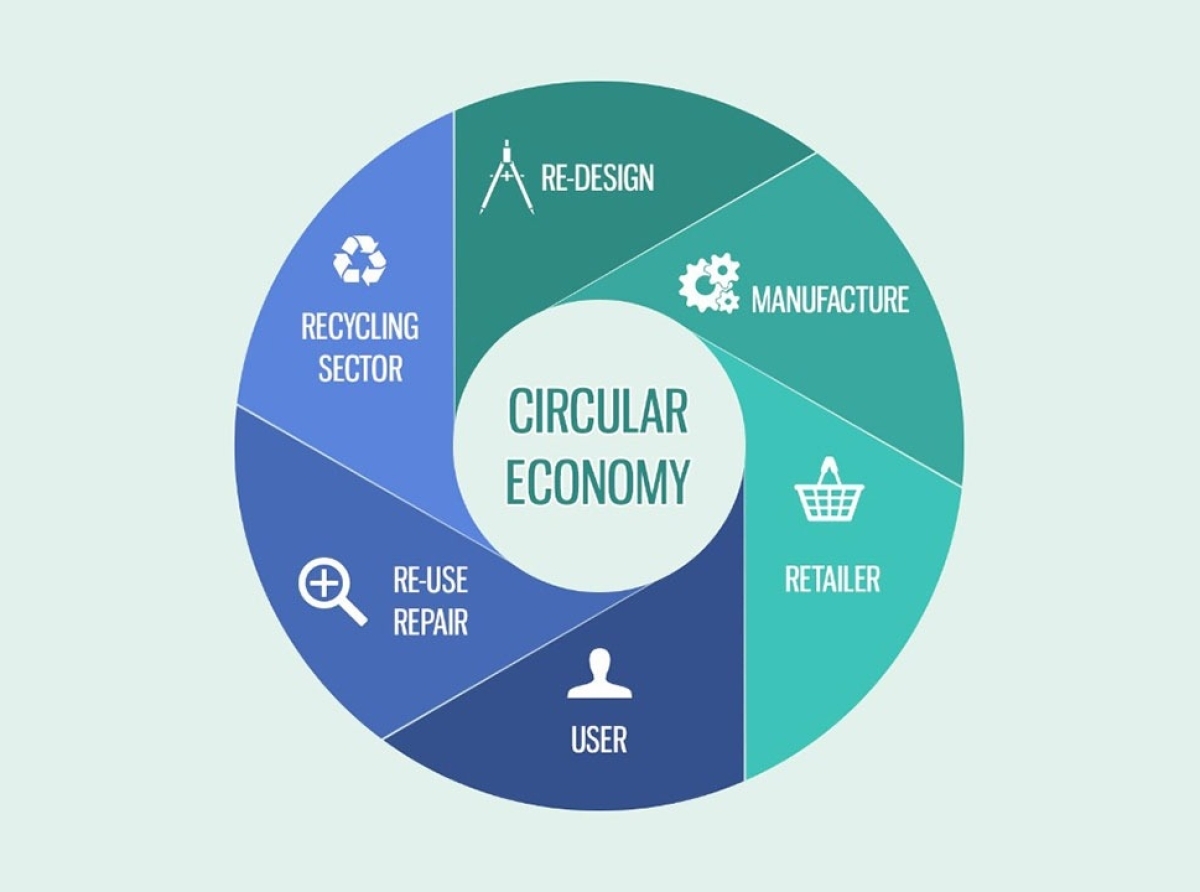06 June 2023, Mumbai
In today's world, sustainability has become more than just a buzzword—it's a necessity. With increasing awareness about the environmental challenges we face, the demand for clothing recycling is gaining momentum.
The clothing recycling market, projected to reach a valuation of US$ 16 billion by 2032, is witnessing a surge in adoption, driven by the need to reduce our carbon footprint and embrace circularity.
Embracing Sustainability
As the circular movement expands to various industries, clothing waste has emerged as a top concern. The recycling of shirts and t-shirts is expected to witness a significant rise in the coming years.
Developed economies like the U.S., the U.K., and Europe have already established designated clothing recycle bins, making it easier for people to donate their unused clothes and contribute to sustainability.
Observation
While the fashion industry is often associated with clothing recycling, there are numerous other sectors, including automotive, home décor, construction, mining, and apparel, that offer promising opportunities for recycling players. The demand for clothing recycling remains strong, driven by the desire to conserve resources, contain costs, and meet sustainability goals.
Over the years, the adoption of textile recycling has steadily increased, fueled by campaigns promoting responsible resource usage, particularly for materials like cotton and wool.
As industries evolve and prioritize environmental conservation, the demand for recycled clothing continues to grow. The clothing recycling market has seen a remarkable improvement in its growth rate, with a projected CAGR of 10.7% from 2022 to 2032, up from 6.6% in the previous period.
Paradigm shift
In this changing landscape, several key trends are shaping the clothing recycling market. The focus on textile-to-textile recycling has gained traction, as the fashion industry embraces circularity and turns used clothes into raw materials for new textiles.
Manufacturers are also exploring recycled fibers beyond traditional clothing materials, utilizing fruit pulp, wood, and wool to develop sustainable textiles.
Reshaping the Industry
The healthcare industry is making significant strides in adopting sustainable fabrics, reducing their environmental impact and carbon emissions.
Technological advancements enable the conversion of waste materials, such as PET water bottles, into textiles, reducing water consumption and carbon footprints.
Moreover, the upcycling of scraps and rags into new fabrics is eliminating the need for new resources and contributing to a circular fashion economy.
Innovative Start-ups and Established Players Reshaping the Industry
Innovative start-ups are revolutionizing the clothing recycling market, offering creative solutions to address sustainability challenges. Companies like Mini Cycle, Air Robe, and Ecohike are leveraging technology and consumer demand to promote reuse and upcycling.
These start-ups are reshaping the way we view and interact with clothing, inspiring a more conscious and environmentally-friendly approach.
Key Trends in Clothing Recycling
Leading players in the clothing recycling market, such as Blue Jeans Go Green, Circulose, and Circ, are spearheading the movement towards circular fashion. They are developing innovative processes and collaborations to transform discarded garments into insulation, circular cellulose, and raw materials for textile production.
Shifting Towards Circular Fashion
Regionally, Europe leads the clothing recycling industry, driven by campaigns against waste incineration and depletion of natural resources.
The European Commission's Textile for Textile initiative and the development of sorting technologies have further strengthened the region's position.
North America and the Asia Pacific are also embracing clothing recycling, with companies and consumers recognizing the need for sustainable practices in the textile industry.
The Growing Momentum of Clothing Recycling
As the momentum for clothing recycling continues to grow, it presents a smart option for a more sustainable future. By embracing circular fashion and investing in innovative recycling processes, we can reduce waste, conserve resources, and build a more environmentally-friendly industry.
CREDITS: Future Market Insights report.

























